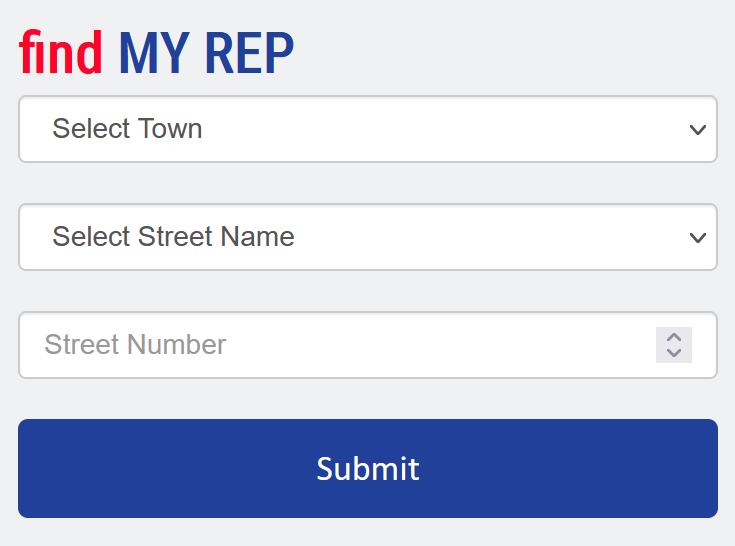How A Bill Becomes A Law In Connecticut
1. Proposed Bill
Ideas for bills often come from lawmakers and constituents like you!
2. Bill Numbering
The bill is sent to the clerk of the House of the sponsoring legislator for numbering. Bill title, number and sponsors are printed in the House and Senate Journals
3. Sent to Committee
Bill is sent to the appropriate joint standing committee of the General Assembly, depending on the bill's subject matter. The committee may 1.) have the bill drafted in legal language; 2.)combine it with other bills and have it drafted as a committee bill; 3.) refer the bill to another committee; or 4.) take no action, so the bill fails. The committee may also write a new "raised" committee bill.
The committee holds public hearings for the public, state agency representatives and legislators on all bills it wishes to consider. The committee may then report the bill favorably, defeat the bill or issue no report. Bills requiring action by another committee are referred to that specific committee, e.g. a bill requiring expenditure is referred to the Appropriations Committee.
4. Legislative Commissioners' Office
After leaving the last committee, the bill is sent to the Legislative Commissioners' Office to be checked for constitutionality and consistency with other laws.
5. Office of Fiscal Analysis
This office adds an estimate of the bill's cost and fiscal impact on the community. The Office of Legislative Research then adds a "plain English" explanation of the bill.
6. Calendar
The clerk assigns the bill a calendarnumber and it then goes off for final printing.
7. On the Floor
Lawmakers debate and draft amendments in the house of origin. The house may send the bill to another committee before voting. A "yes" vote sends the bill to the other house for placement on the voting calendar. The bill is then returned to the first house for concurrence if amended by the second house.
8. To the Governor
If not amended, the bill is sent to the governor. If The House and Senate cannot agree, the bill is sent to a joint conference committee. If the conference committee reaches an agreement, a report is sent to both houses. If one or both houses reject the changes, the bill fails. If both houses pass the bill, it is sent to the governor. The governor can: 1.) sign the bill; 2.) veto the bill, or; 3.) take no action.
If the governor vetoes, the bill is returned to the house in which it originated. Vetoed bills can be reconsidered by both houses. The bill becomes law if: 1.) the governor signs it; 2.) the governor fails to sign it within 5 days during legislative session or 15 days after adjournment from the day it was presented to him; 3.) the vetoed bill is repassed in each house by a 2/3 vote of the elected membership.
How a Bill Becomes A Law In Connecticut - From the General Assembly Citizen Guide






